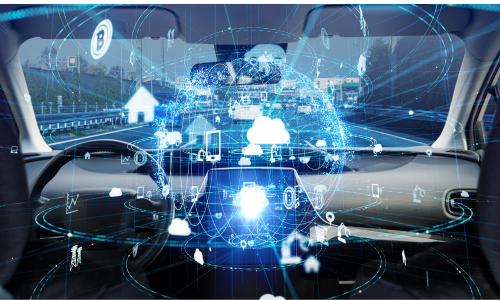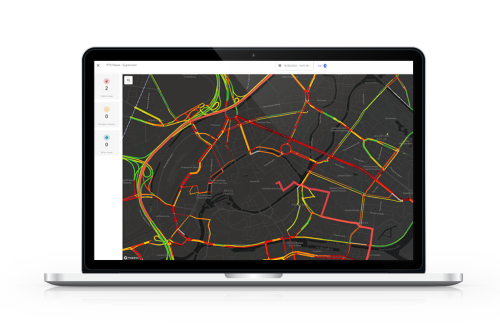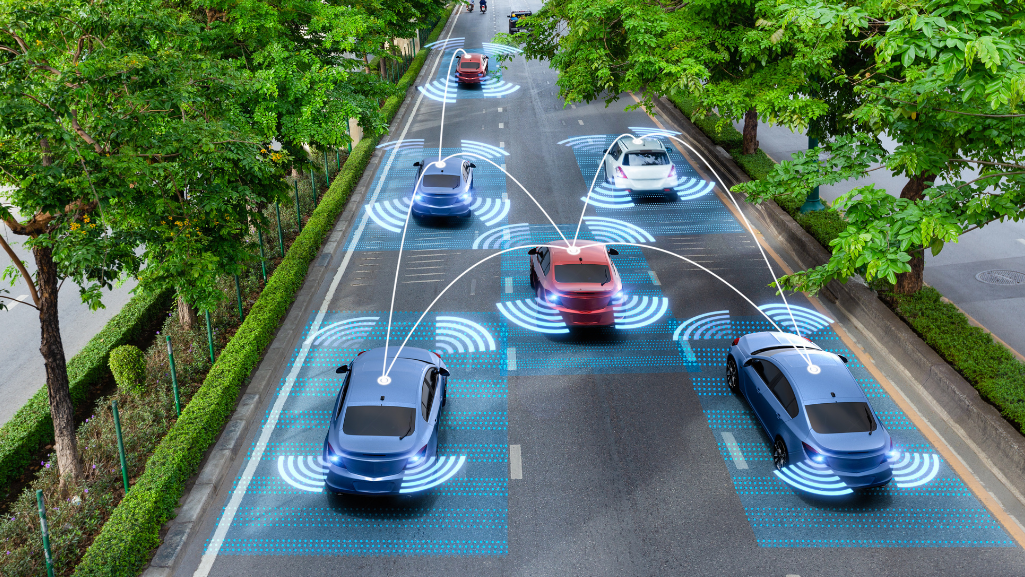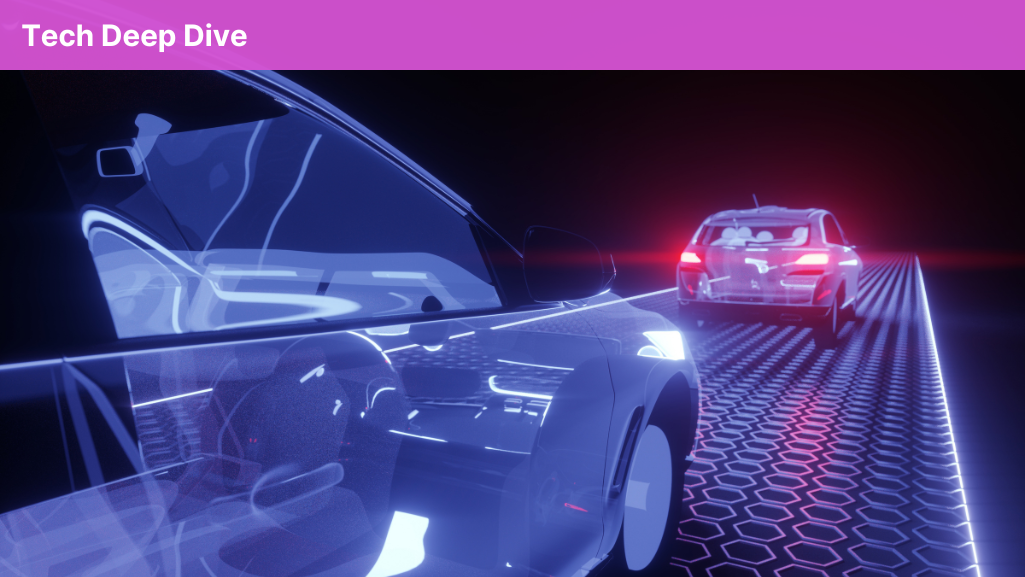The number of drivers hitting the roads is steadily growing. With limited space and infrastructure available, modern Intelligent Transport Systems (ITS) are playing a pivotal role in reducing congestion and pollution and making the way we travel safer and more efficient. Discovering the upcoming ITS trends for 2024, we engaged in a conversation with Christian U. Haas, the CEO of Econolite and PTV Group, operating under the unified brand Umovity.
Christian, the upcoming year promised to be a landmark for Connected Vehicle (CV) technology. Could you elaborate on this?

The future of transportation is definitely a connected one, and the widespread adoption of V2X (Vehicle-to-Everything) communications plays a pivotal role here. It enables vehicles to communicate with each other, as well as with traffic signals and other elements of the transportation ecosystem, expanding the real-time exchange of data. The further integration of 5G networks plays an important role here, allowing vehicles to make split-second decisions and respond to changing road conditions with unparalleled accuracy. These technologies contribute to safer road conditions and optimized traffic flow.
How does modern ITS benefit from the massive amounts of data generated in the mobility sector every day?
These data systems are the lifeblood of contemporary ITS. Today, new roadway sensors powered by leading-edge software are providing significantly greater datasets than ever before. They enable the real-time detection of vehicles and pedestrians, including trajectory, vehicle classification, near-miss events, red-light running, excessive vehicle queueing, and other critical roadway information.
In 2024, cutting-edge technologies will push the boundaries of what is possible with ITS. Can you provide an example?
One example is edge computing or computing at the Cabinet Edge. All the data gathered by sensors and other devices requires an agile distributed approach to processing and computing. Dedicated platforms, which are located at the traffic cabinet and traffic controller, offer the unique benefit of near real-time control, given its proximity and very low latency of data exchange between sensors in the field and traffic control platforms.
There are significant gaps between existing industry standards and the forthcoming generation of new field devices. How can these gaps be addressed?
Newer technologies promise to improve roadway safety and mobility, but only if these technologies and datasets can be accessed by existing ITS systems and vice versa. The potential mobility capabilities of newer V2X systems depends greatly on the data exchange compatibilities between devices and systems.
Open-Source, cloud-based architecture is an answer to mitigating the risk of bridging the standards gaps without returning to proprietary solutions of the past. An open-source architecture offers the same collaborative openness as standards, but can move faster, and be more responsive to change. An open-source architecture can also easily integrate and interface with future traffic control capabilities, including the anticipated datasets that will be produced from situational awareness and cooperative perception solutions, trajectory-aware sensing, and real-time modeling.
How do you judge the role of artificial intelligence in the ITS context?
AI’s role in traffic management will be increasingly prominent, providing real-time data analysis, predictive modeling, and adaptive decision-making. Machine learning algorithms process vast amounts of historical and real-time data identifying patterns and trends, modelling incidents in the road network, and even forecasting traffic volumes, as well as congestion up to several hours in advance. These AI-driven tools enable traffic managers to respond swiftly to changing conditions, minimizing delays, reducing emissions, and enhancing overall traffic flow. Moreover, AI’s ability to continuously learn from data allows for the refinement of traffic management strategies over time, ensuring a more adaptive and proactive approach to handling the complexities of modern urban mobility.

What other ITS trends do you see?
We will see a shift from classical traffic management to multimodal network management. Traditional traffic management systems focus on monitoring and optimizing the infrastructure for private vehicle flows. This car-centric view is undergoing a paradigm shift towards a more comprehensive and inclusive approach—multimodal network management. The shift acknowledges that effective urban mobility solutions go beyond addressing vehicular traffic alone, prioritizing a holistic network management approach that accommodates the diverse needs of commuters and fosters a sustainable, interconnected urban ecosystem.
And I’m convinced that that the Vision Zero initiative will advance in 2024. The strategy aims at eliminating all traffic fatalities and severe injuries, while increasing safe, healthy, equitable mobility for all, continues to be a driving force in shaping transportation policies. 2024, technology and data-driven strategies contribute to Vision Zero goals. Advanced Driver Assistance Systems (ADAS) are becoming more sophisticated, reducing the likelihood of accidents and enhancing road safety. Predictive analytics enable authorities and manufacturers to anticipate safety risks, analyzing historical data, weather conditions, and real-time traffic patterns to implement proactive preventive measures.



